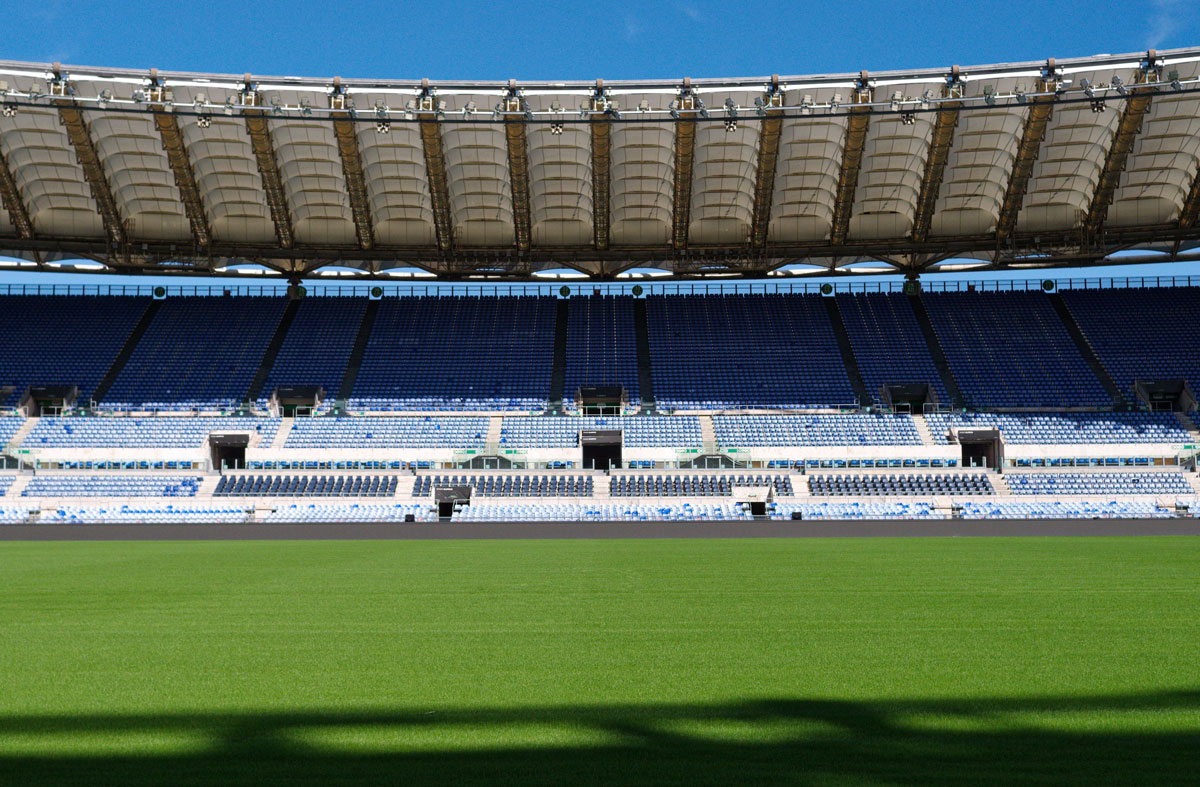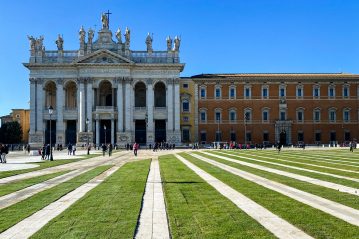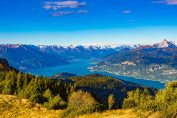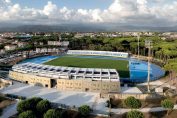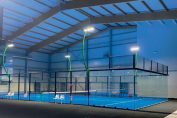
Bindi Secondo Srl
Operational headquarters
Bindi is a company specialized in the creation and maintenance of turf surfaces, particularly those of sports fields such as the “Olimpico” Stadium in Rome, the “Sant’Elia” Stadium in Cagliari, the “Porta Elisa” Stadium in Lucca, as well as the training fields of the “La Borghesiana” Sports Center and the “Tommaso Maestrelli” Sports Center of S.S. Lazio. Over the years, Bindi has built or regenerated a large number of smaller fields throughout Italy, from mountain villages to the islands. This is also because the company was among the first in Italy to introduce warm-season (macrotherm) grass species and is constantly researching new varieties around the world. Bindi was also one of the first in Europe to install a warm-season turf in a major stadium – the Stadio Olimpico in Rome.
Warm-season grasses for sports
Since the early 1990s, Bindi has introduced warm-season (macrotherm) grasses to Italy – grass species suitable for tropical and temperate climates. After testing them on smaller fields in challenging conditions, such as on the Island of Capri and in Positano, in the summer of 2003 the company planted Tifway, a hybrid of Cynodon (C. dactylon × C. transvaalensis), at the Stadio Olimpico. It was a bold and pioneering choice – and a successful one – since no one in Europe had ever considered using a warm-season grass in such a high-profile stadium.
The exceptional resistance to trampling of these grasses was the decisive factor. As stadium use becomes increasingly demanding, the depth and complexity of their root systems also contribute to making the turf more resistant to traction and intensive use.
Moreover, their tolerance to heat and drought allows the turf to reach the start of the football season in August in excellent condition – not stressed, as often happens with cool-season (microtherm) grasses. The only drawback of warm-season species is their winter yellowing, which can easily be managed through proper overseeding during the autumn months. In any case, the ryegrass used for overseeding will find a strong and extensive root system to anchor itself to.
